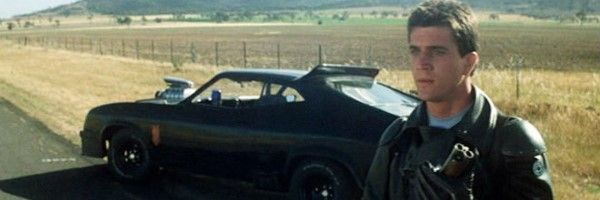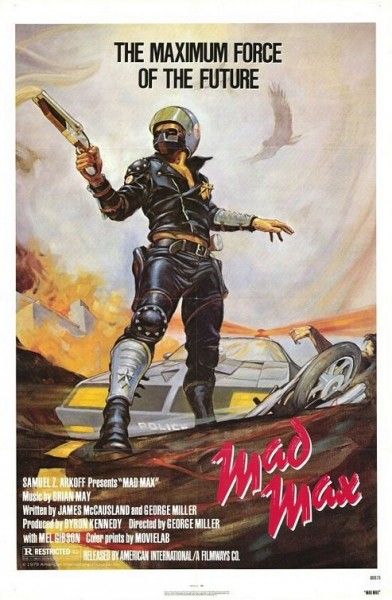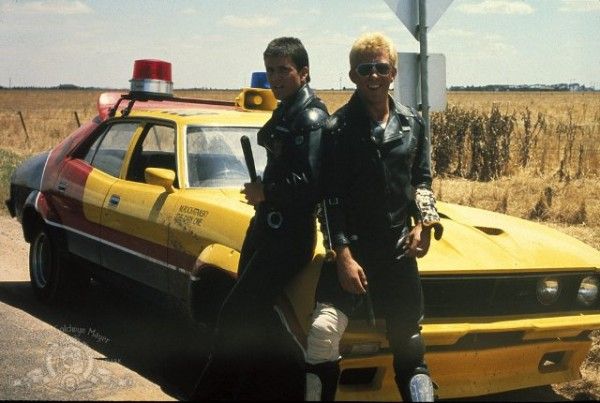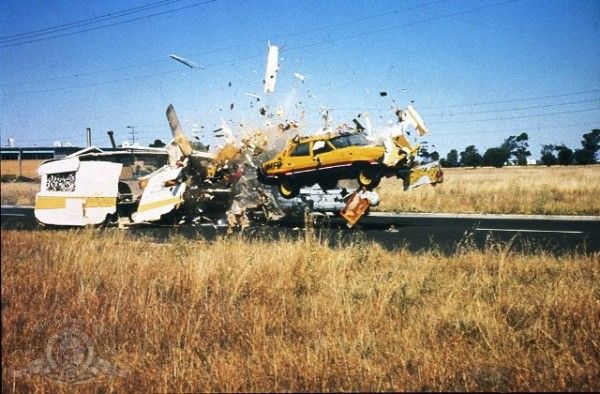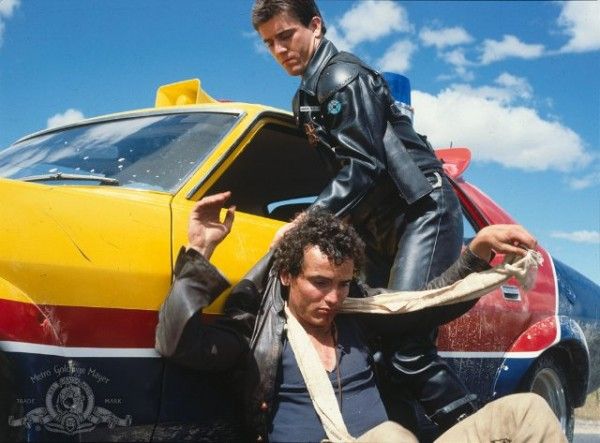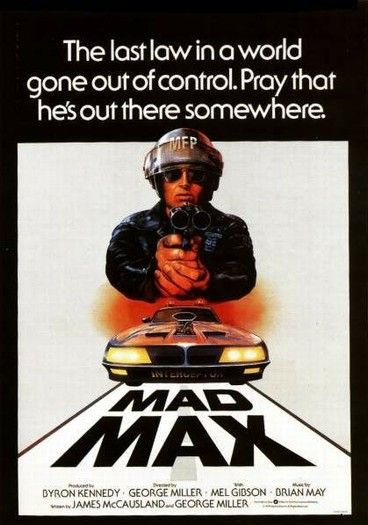In 1979, the cinematic world was smack in the middle of resurgence of Australian films, a time period that would come to be known as Australian New Wave. Riding the crest of this movement was Mad Max, debut feature director George Miller's leather-clad, blacktop-melting road epic that launched Mel Gibson's career as an international movie star. Cobbled together for less than half-a-million dollars, Mad Max went on to gross $100 million worldwide and launched a franchise that continues to this day with Mad Max: Fury Road.
And yet, the safe bet in 1979 would have been that this film would simply crash and burn. First-time feature director Miller was, up until this point, an emergency room doctor exposed to all sorts of violent injuries and deaths. It was through his interest in film that Miller met up with amateur filmmaker Byron Kennedy at a summer film school, where they formed a partnership that would lead to massive success with Mad Max. Teaming up with first-time screenwriter James McCausland, Miller and Kennedy then turned to casting their film with fresh-faced actors relatively new to the cinematic scene. With all that green talent both behind and in front of the camera, Mad Max had every reason to fail. So how did it become the most profitable film for decades to come?
The films of Australian New Wave were characterized by a few traits: a relatively fresh vitality that was absent in films before this era, a penchant for capturing vast open spaces within the frame, the suddenness of violence, scenes of intimate sexuality, and a straight-ahead narrative style of storytelling. Mad Max exhibits all of these. Organic energy infuses both the law-enforcing members of the Main Force Patrol and the chaotic agents of the scavenging Acolytes, unfettered by stilted dialogue or claustrophobic sets. Miller's vision and cinematographer David Eggby's camerawork captured the vast, arid landscape of the Australian highways, a setting that proved perfect for the post-apocalyptic dystopian story. While the scenes of tender sexuality are outnumbered by those that are voyeuristic or downright violent, it's the portrayal of the world's worst instances of road rage that really set Mad Max apart.
The film itself provides next to no exposition for audiences, choosing instead to frame the story with only the following words: "A few years from now..." From this point on, audiences are pretty much left to sort things out on their own. Personally, I rather enjoy this slow-burn approach to storytelling which allows the plot to play out in its own time. That being said, modern audiences might find its pacing too slow and the film's lack of exposition disorienting. The details of the post-apocalyptic world of Mad Max may be lost on those who only view the first film in the series, but I like to think that the classic tale of a lawman out for vengeance against those who murdered his friends and family is easily grasped by viewers, no matter the year they view it.
Before we ever meet the title character, audiences are introduced to the film's two opposing forces: the lawmen of the Main Force Patrol and the lawless members of the Acolytes. One such brigand, nicknamed the Nightrider, has killed a rookie officer while escaping police custody. Having stolen the officer's Pursuit Special, Nightrider and his main squeeze lead the other officers on a high-speed chase. Things are looking grim for the MFP until they call in their best driver, Max Rockatansky (Gibson). The white-knuckle ride soon ends in a fireball that kills the Nightrider and his girl. It's not just a fantastic introduction to the world of Mad Max, it also serves as a catalyst for the conflict that slowly boils between the MFP and Acolytes for the next 90 minutes of high-octane action.
But Mad Max is not without a sense of humor, a twisted and often black humor for sure, but humor nonetheless. There are strange throwaway moments scattered throughout the film: Max's wife Jessie randomly playing the saxophone, their young child Sprog playing with Max's revolver, Charlie's mechanical voice box, and the Acolytes' spontaneous dance moves to name a few. Without these moments of levity and downright strangeness, the film easily could have devolved into a bleak and hopeless slog. However, many critics of the time received it this way, and not without good reason.
Much of the film follows the MFP using their scant resources to lock up the Acolytes, but a shortage of courage on the part of the victims allow the villains to walk free, even when the law has them squarely in hand. When the last vestiges of justice eventually fail the MFP, Captain "Fifi" Maccaffee (who likely served as the stylistic forebear of the rest of the series' leather daddies and S&M getups) tells his officers to do whatever they must to bring the gang down, as long as the paperwork is clean. But when Max's partner on the force gets torched alive, the MFP's best driver retires before he can meet a similar fate.
Max may have put some distance between himself and the violence of the MFP's responsibilities in order to spend more time with his family, but the roads have become increasingly lawless, the same violence spreading out across the country. The Acolytes manage to find Max by an awful twist of fate, a happenstance that ends with the motorcycle gang riding down Jessie and Sprog, permanently disfiguring and disabling the former, and killing the latter. It's this soul-breaking moment that drives Max over the edge. His thirst for vengeance consumes him, costing him a shattered leg and a broken arm, but Max soon dismantles the Acolytes and oversees the deaths of Toecutter and Johnny the Boy.
But to what end? What are we to take away from the conclusion of Mad Max except that lawlessness is the default nature of mankind? If tragedy is able to reduce the most honorable of us to our most primitive state, then what hope is there for rebuilding civilization after the fall? While it's easy to criticize Mad Max for this bleak outlook espoused by the film's final act, it's much more encouraging to know that successive films explore this dual nature of man. Is Max broken beyond the point of redemption, or is he still able to form meaningful relationships and become whole once more? I suppose we'll find out when we revisit Mad Max 2: The Road Warrior on Thursday.
Rating: A-
Be sure to check out all of our Mad Max: Fury Road coverage, and see Miller's latest film in theaters starting May 15th.

